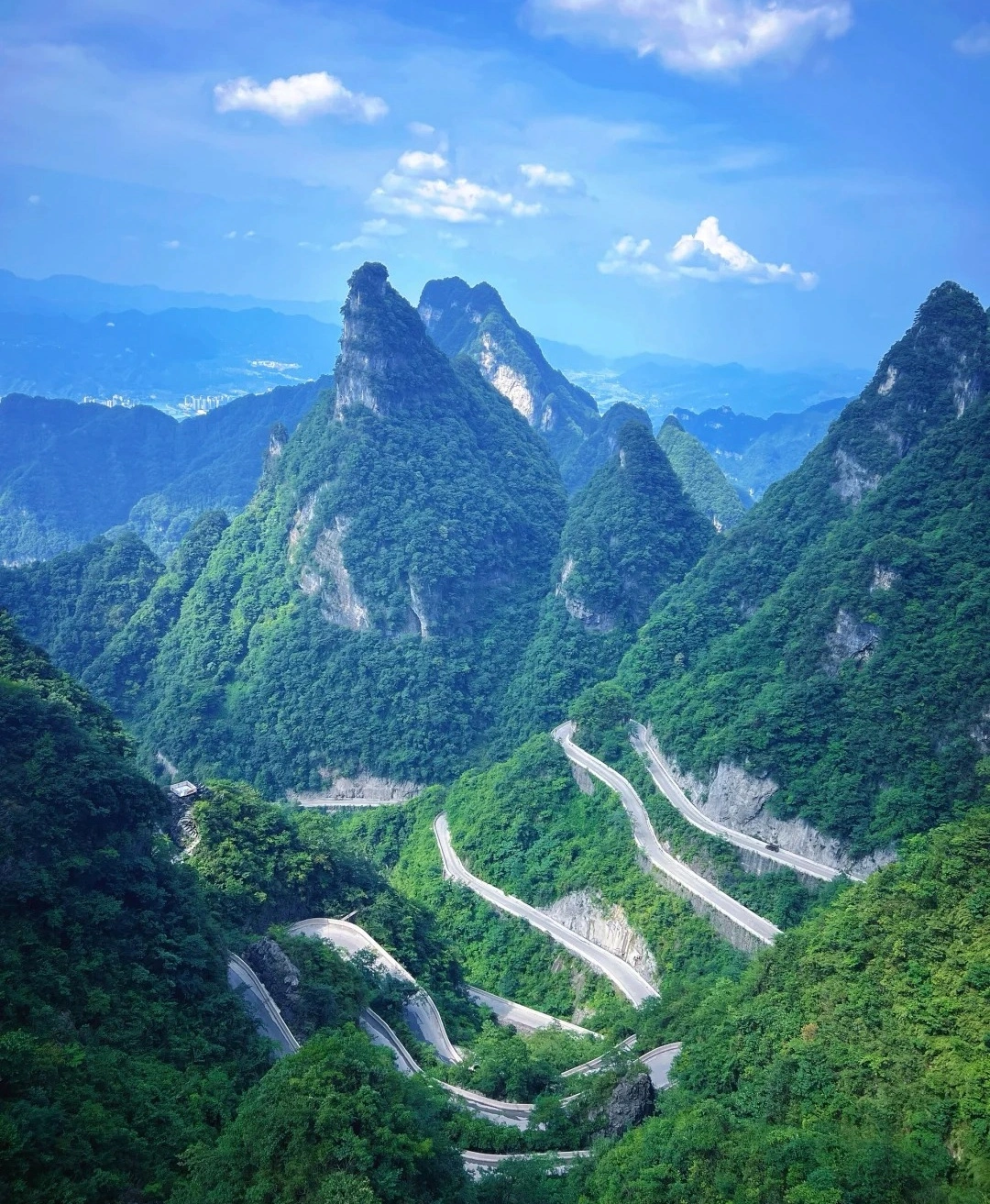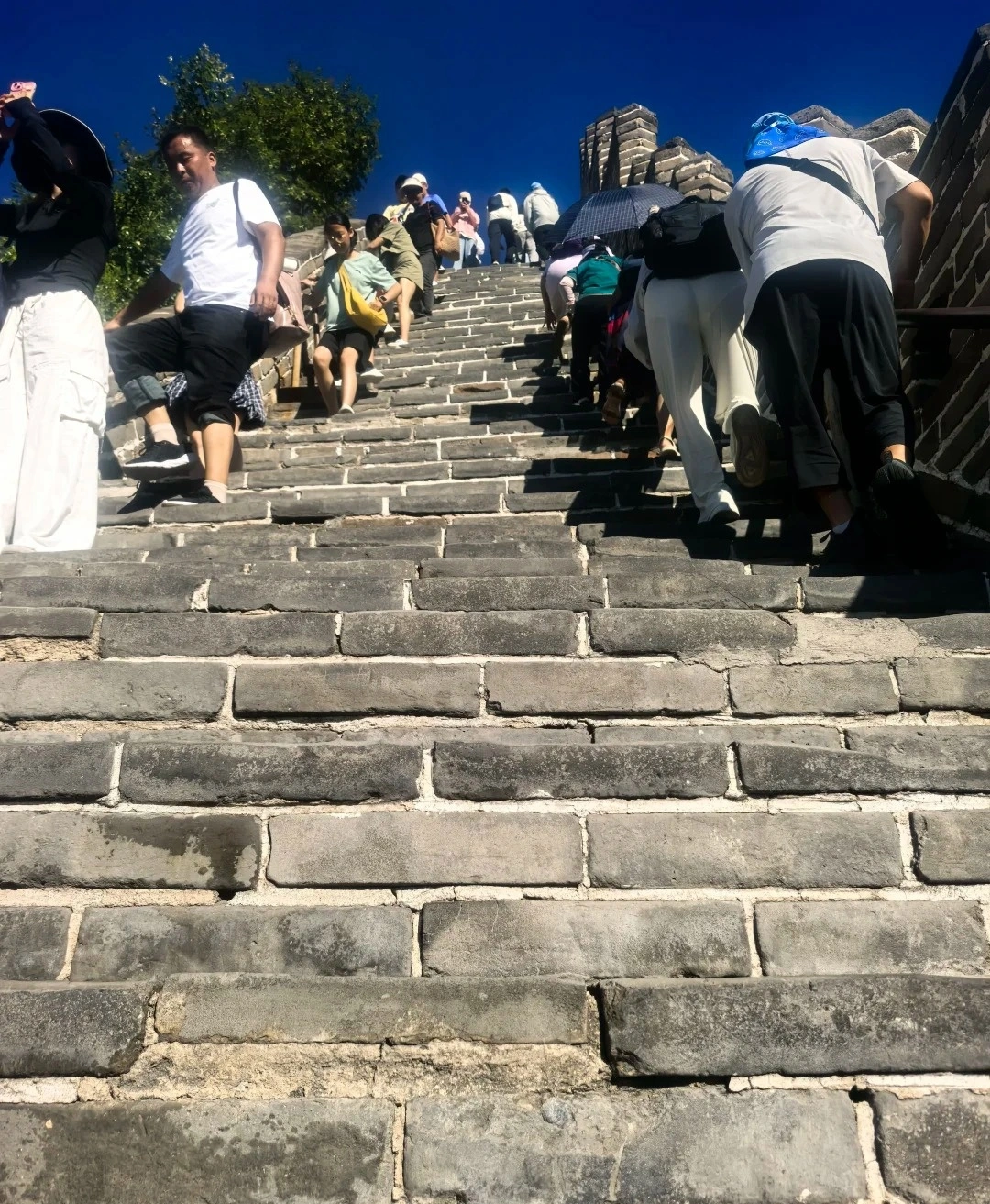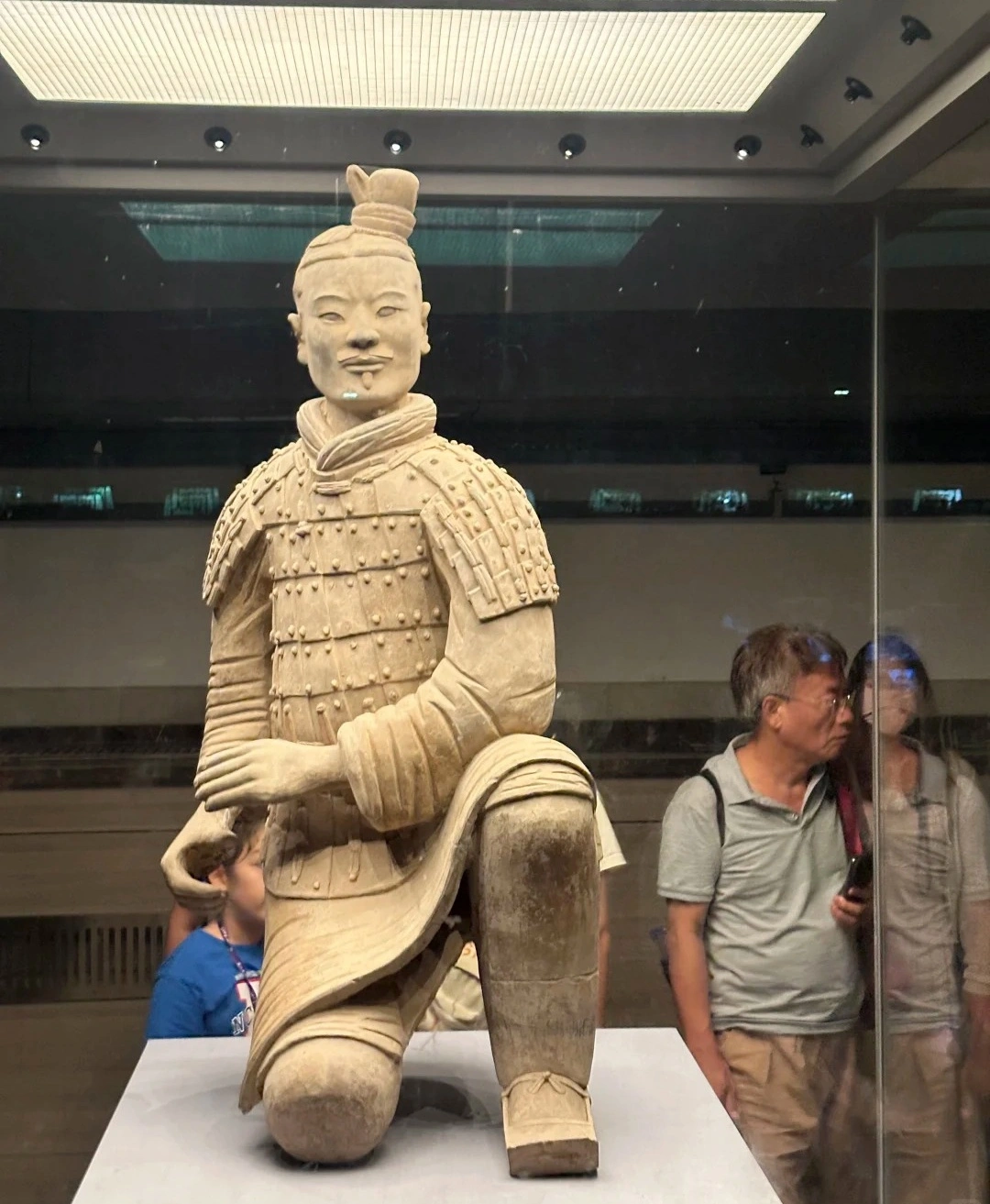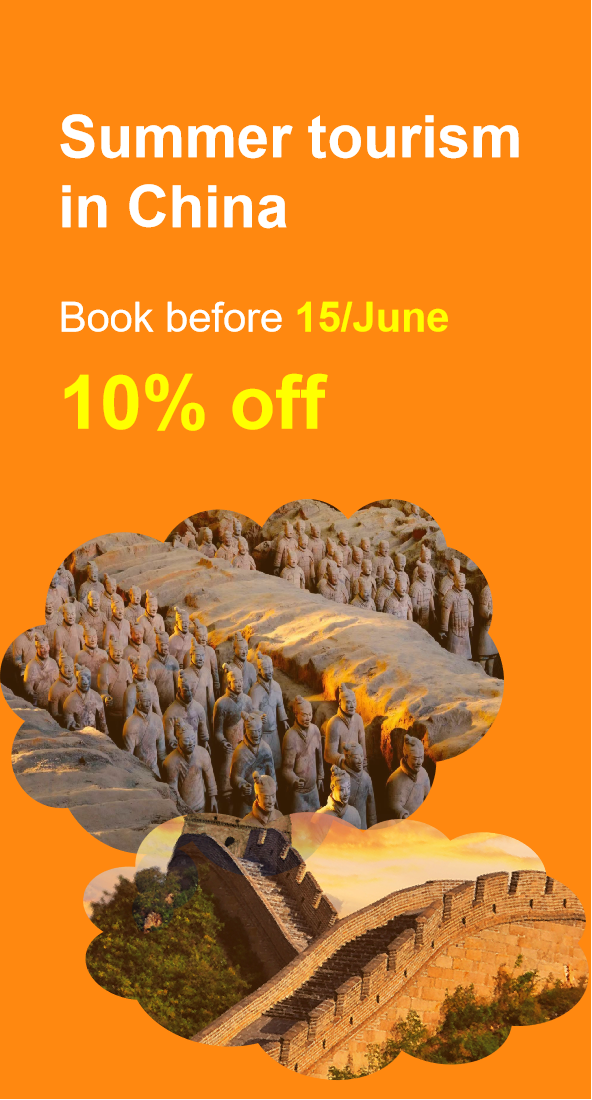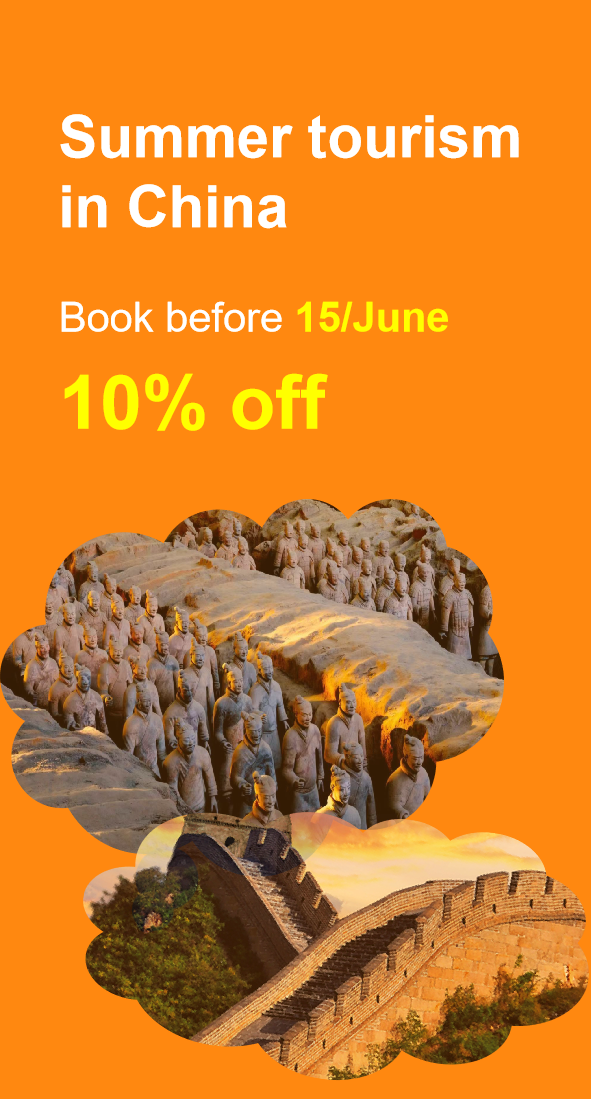Top 10 of Xi'an's Must-Visit Historical Attractions: Timeless Landmarks for History Enthusiasts
Xi'an, a cradle of Chinese civilization with over 3,000 years of history, boasts an unparalleled collection of historical sites. As the eastern terminus of the ancient Silk Road and home to 13 dynasties, it offers immersive experiences for travelers seeking ancient grandeur. This curated list highlights the top 10 historical attractions, each rated for authenticity, cultural impact, and visitor appeal—excluding overhyped sites like the Ming-era Daming Palace ruins.
1. Terracotta Army
Unearthed in 1974, this UNESCO World Heritage Site features thousands of life-sized clay soldiers, horses, and chariots guarding Emperor Qin Shi Huang's mausoleum. Crafted with astonishing detail—from intricate armor to distinct facial expressions—the army showcases ancient China's military sophistication and funerary artistry. The on-site museum offers guided tours, VR reconstructions, and insights into archaelogical discoveries.
Recommendation: 5 stars
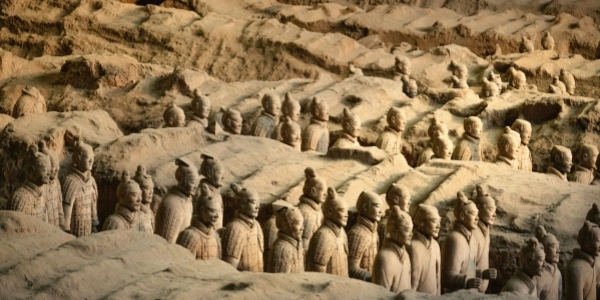
2. Big Wild Goose Pagoda
A Tang Dynasty masterpiece completed in 652 CE, this 64-meter-tall pagoda was originally built to house Buddhist scriptures brought from India by monk Xuanzang. Its tiered structure, adorned with carvings of Buddha and bodhisattvas, symbolizes Buddhist cosmology. The adjacent Ci'en Temple complex hosts daily prayer ceremonies, while the nightly musical fountain show at the North Square mesmerizes visitors.
Recommendation: 5 stars
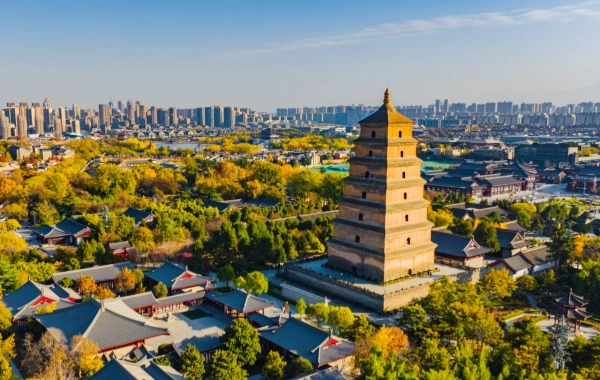
3. Tang Paradise
This Tang-style theme park reimagines the splendor of the Tang Dynasty through reconstructed palaces, pavilions, and gardens. By day, visitors explore the Qujiang Lake area via painted boats; by night, immersive light shows and cultural performances—like the Tang Dynasty Dance Spectacular—transport audiences to the era of poets Li Bai and Du Fu. Seasonal flower festivals and traditional tea ceremonies add depth.
Recommendation: 4.5 stars
4. Huaqing Palace
Nestled beneath Lishan Mountain, this imperial bath complex blends history with romance. Famed for its hot springs—used by emperors since the Western Zhou Dynasty—it gained notoriety as the setting for Emperor Xuanzong and Yang Guifei's tragic love affair. The Tang-style architecture, coupled with the Song of Everlasting Sorrow dance drama, creates a poetic atmosphere.
Recommendation: 4 stars
5. Xi'an City Wall
The most intact ancient city wall in China, spanning 13.7 kilometers and built during the Ming Dynasty (1370 CE), offers panoramic views of Xi'an's urban-rural blend. Visitors can cycle, walk, or take golf carts along its ramparts, passing 98 defensive towers and four grand gates. The South Gate hosts daily drum performances, while the wall's thickness—up to 15 meters—testifies to its military engineering.
Recommendation: 5 stars
6. Shaanxi History Museum
A treasure trove of artifacts spanning from the Neolithic Yangshao Culture to the Tang Dynasty. Highlights include bronze ritual vessels from the Shang-Zhou periods, Tang tri-colored glazed pottery, and the 1,100-year-old Mural Gallery showcasing Tang-era frescoes. The museum's Tang-style architecture and rotating thematic exhibitions make it a hub for scholarly research and family education.
Recommendation: 4.5 stars
7. Bell Tower & Drum Tower
The twin symbols of Xi'an’s ancient urban planning, built in 1384 CE during the Ming Dynasty. The Bell Tower, housing a 6-ton Qing-era bronze bell, once regulated city life through morning chimes; the Drum Tower, with its 28 massive drums, signaled dusk. Climbing either tower rewards visitors with 360-degree views of the old city center and modern skyline. Combined tickets offer access to both.
Recommendation: 4 stars
8. Small Wild Goose Pagoda
A serene Tang Dynasty pagoda (707 CE) part of the Jianfu Temple complex. Unlike its larger counterpart, this 43-meter pagoda survived numerous earthquakes due to its unique "double-layer hollow" structure. The surrounding park, dotted with ancient cypress trees and stone steles, provides a tranquil escape. The on-site Shaanxi Folk Culture Museum showcases Traditional Crafts like paper-cutting and shadow puppetry.
Recommendation: 4.5 stars
9. Forest of Steles Museum
Home to over 11,000 stone steles spanning 2,000 years, this museum is a "calligraphy library" featuring works by masters like Wang Xizhi and Yan Zhenqing. The Kaicheng Stone Classics—114 steles carved with Confucian texts—and the Tang Poetry Stele Corridor offer insights into China’s literary and artistic legacy. Interactive digital displays decode ancient scripts for modern visitors.
Recommendation: 4 stars
10. Xi'an Stele Forest Museum
Located within the Forest of Steles, this annex focuses on Tang Dynasty calligraphy and epigraphy. Highlights include the Nestorian Stele (781 CE), which documents early Christian missionary activity in China, and the Thirteen Classics of Confucianism stele series. The museum’s shaded courtyards and bamboo groves create a scholarly ambience ideal for reflection.
Recommendation: 4 stars
Xi'an’s historical attractions transcend mere tourism—they are living classrooms where every brick, stele, and sculpture narrates a chapter of human civilization. From The Terracotta Army’s silent legions to the Tang Paradise’s vibrant reenactments, each site offers a tangible connection to China’s imperial past. For travelers prioritizing authenticity over hype, this list serves as a definitive guide to Xi'an’s timeless treasures.
Contact Us
What Our Clients Say?
Based on 10,000+ traveler reviews

